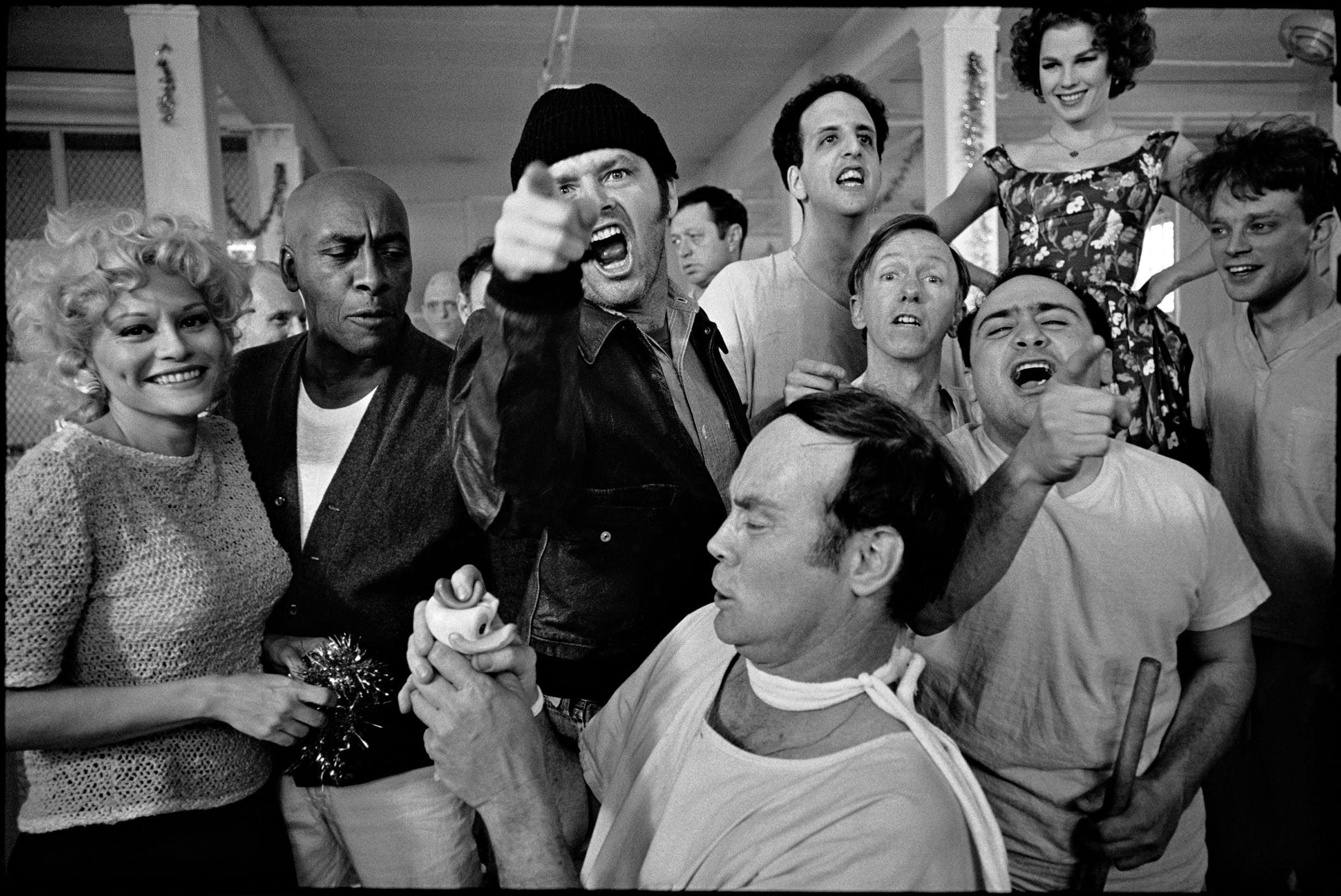Where the Magic Happens: On Set with Mary Ellen Mark

When the photographer Mary Ellen Mark died in 2015 at age seventy-five from myelodysplastic syndrome, she left behind a vast and varied five-decade trail of portraits and documentary pictures, collected in twenty books and dozens of exhibitions, radical in their close, nuanced, and compassionate depiction of persons from all walks of life. Most of her work was shot in black and white, and originated from magazine assignments (Vogue, National Geographic, Vanity Fair, Life, Look, and Premiere, among dozens of others). The journalist Adrian Nicole LeBlanc, who collaborated with Mark on several such stories, witnessed firsthand the genuineness of her engagement, which, she wrote, “allowed her subjects’ singularity to grow in her presence, the way listening stirs the possibility for deeper conversations that otherwise won’t get heard.”
This was true whether Mark was embedded with Mother Teresa working in her missions in Calcutta, a troubled family living out of their car in Los Angeles, residents of an Oregon psychiatric ward, underage sex workers in India, animals and circus performers, child beauty pageant contestants, or the young runaways in Seattle whom she would continue to work with in what became one of her best-known projects, the books Streetwise (1988) and Tiny: Streetwise Revisited (2015). Both center on the story of Erin “Tiny” Blackwell. Mark’s husband and longtime partner Martin Bell made a 1984 film about the same people, also named Streetwise, which was nominated for an Academy Award for best documentary, and a follow-up, Tiny: The Life of Erin Blackwell (2016).
For those whose introduction to Mark’s work came via the Streetwise books, it’s perhaps a discovery to learn that her favorite director was Federico Fellini, or that a significant body of her work was made on film sets. Starting in the 1960s, Mark photographed amid the making of at least 140 films, from Fellini Satyricon to the Coen brothers’ remake of True Grit. Sometimes she was hired by the studio publicity departments; sometimes she was commissioned by magazines. “I love to work in a documentary style probably more than formal portraiture,” she wrote in Mary Ellen Mark on the Portrait and the Moment (Aperture), but when she began to also photograph films she was profoundly influenced by cinema and the inherent element of surprise and escape it offered. “The set was an atmospheric place,” she said in Seen behind the scene: Forty years of photographing on set (Phaidon), a collection of Mark’s photographs of directors and actors, some of the latter made in her studio and some between takes.









